SOURCE: RAUNAK KUNDE / NEWS BEAT / IDRW.ORG.

According to information obtained by idrw, earlier this year Indian and French MOD officials discussed the possibility of French involvement in India’s Nuclear Attack submarine program as technical consultants. The discussions revolved around the integration of French-developed non-nuclear technologies, such as pump-jet propulsion, into Indian submarines.
Propellers and pump-jets are crucial components of a submarine, with pump-jets offering superior efficiency across most of a submarine’s performance range. These components are also highly sensitive and play a key role in protecting the blade elements they contain.
Continue readingSOURCE: RAUNAK KUNDE / NEWS BEAT / IDRW.ORG.


Dassault Aviation, which is developing a 6th generation fighter program to replace its current Rafale fighter jet, has assured current operators that it will continue to provide service and spare support for the fleet until 2070. Despite beginning production of the Future Combat Air System (FCAS) for the European conglomerate involved in the program in 2035, Dassault Aviation has made this commitment to its existing customers.
The FCAS program, which is set to begin production sometime between 2035 and 2040, will replace the French Dassault Rafale in the French Air Force. However, Dassault has planned two significant upgrades to the Rafale program, the F4.1 standard, aimed at enhancing the connectivity of the Rafale through new satellite and intra-flight links, communications servers, and software radios. This upgrade is intended to improve the Rafale’s effectiveness in net-centric combat and pave the way for the FCAS.
Continue readingSOURCE: RAUNAK KUNDE / NEWS BEAT / IDRW.ORG
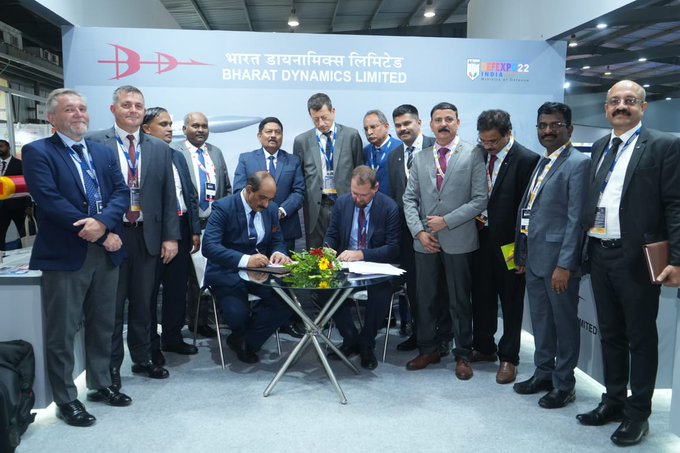

An MoU was signed last year between India’s state-owned Bharat Dynamics Limited (BDL) and French Dassault Aviation Ltd to integrate Indian-made weapons systems on the Rafale fighter jet. However, idrw has learned that there has been little progress in integrating the Indian-made Astra Beyond Visual range air-to-air missiles into the Indian Rafale fleet.
The negotiation for Indian-specific enhancement of the weapons system will require Dassault’s participation is yet to begin, as they hold the software ‘source codes’ of the AESA Radar necessary for the Indian missile to work with the French radar. Dassault needs to be subcontracted to work on the program that will enable Rafale to operate Indian-made weapons systems like Astra and SAAW.
Continue readingSOURCE: RAUNAK KUNDE / NEWS BEAT / IDRW.ORG.

According to GE Aerospace officials, the Joint venture engine offered to India for its 5th Generation fighter program will be based on the studies carried out for the development of the F414 Enhanced Engine. This engine was designed to provide an 18% increase in thrust from F414-INS6 (98kN) with improved reliability, as well as significant improvements in aircraft performance, survivability, and payload.
The F414 Enhanced Engine is capable of generating a 116kN thrust class while retaining the same length as the F414-INS6 engine at 154 inches, as well as the same inlet diameter. This enables an easy switch of the AMCA MkI fleet to the F414 Enhanced Engine without requiring major structural changes.
Continue readingSOURCE: RAUNAK KUNDE / NEWS BEAT / IDRW.ORG.
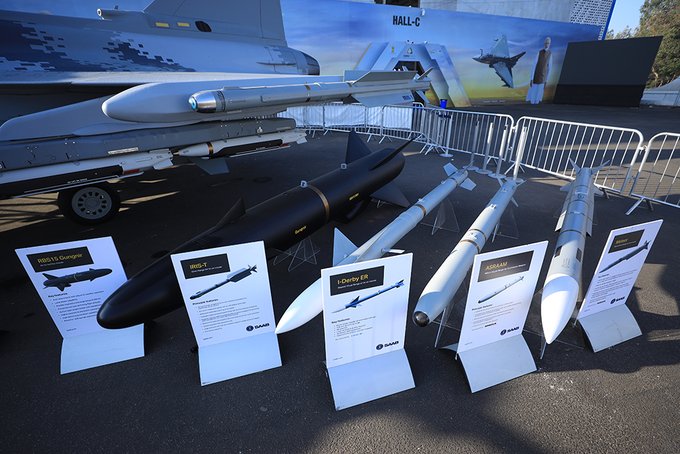

According to Saab India, the Gripen-E aircraft offered to the Indian Air Force (IAF) for its multi-role fighter jets (MRFA) requirement of 114 jets will provide high weapon flexibility, allowing India to integrate any weapon of their choice into the aircraft.
The aircraft’s hardware-agnostic split avionics enable any update or change to occur without the need to recertify the flight-critical software, meaning that Indian-made weapons systems like Astra Beyond Visual Range Air to Air missiles or BrahMos-NG Air to Surface Cruise missiles can be incorporated without SAAB’s intervention in the integration process.
Continue readingSOURCE: RAUNAK KUNDE / NEWS BEAT / IDRW.ORG.
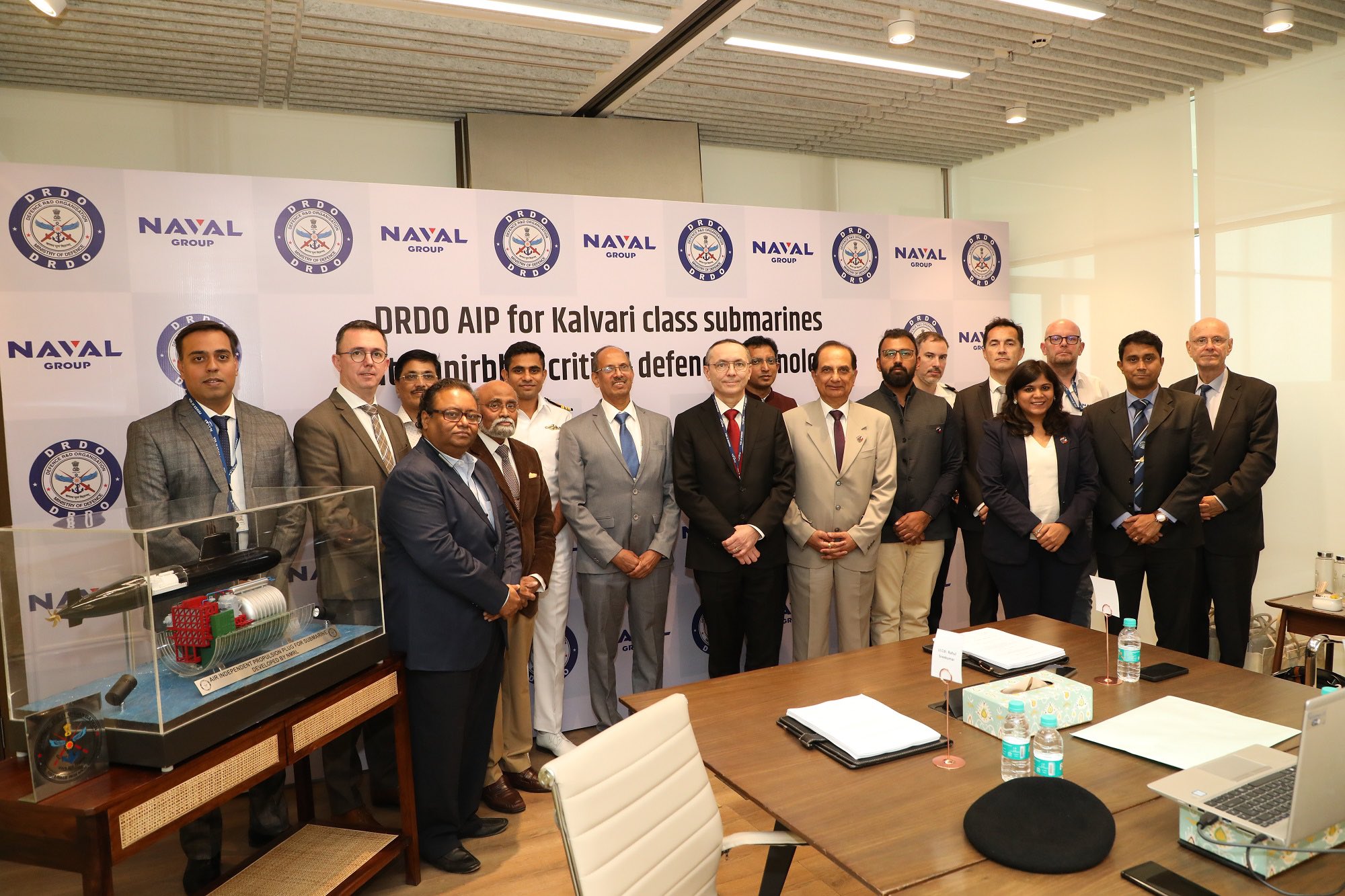

In a deal signed earlier this year, the French Naval Group and India’s DRDO agreed to integrate the Indian Fuel Cell-based Air Independent Propulsion (AIP) system onto INS Kalvari, the first Scorpène-class submarine. The AIP system was developed by the Naval Materials Research Laboratory (NMRL). The integration is scheduled to take place from mid-2024 onwards, during the submarine’s major refit.
According to information obtained by idrw, it has been confirmed that the Kalvari submarine will be the first to undergo retrofitting of the AIP system into its existing hull. This process will involve inserting an additional hull section, which will take around two years to complete. The retrofitting will require cutting the rear hull of the submarine and adding the AIP section to it. As a result, the submarine’s length will increase, and further trials will be necessary, along with operational testing of the AIP system.
Continue readingSOURCE: RAUNAK KUNDE / NEWS BEAT / IDRW.ORG.
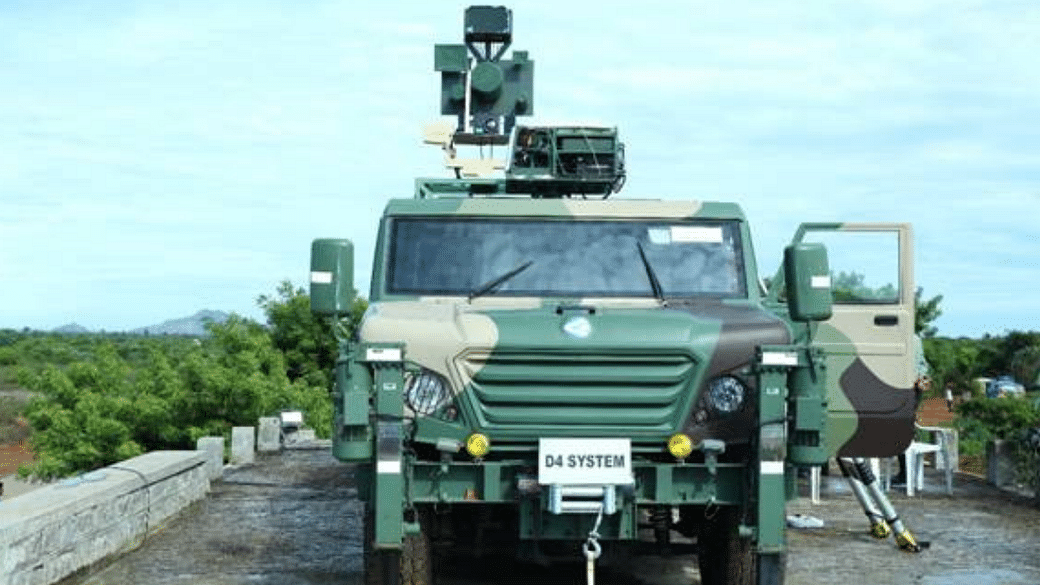

The Naval Anti Drone System (NADS), developed by the Defense Research and Development Organization (DRDO) and manufactured by Bharat Electronics Limited (BEL), has been ordered by the Indian Navy and is now being installed on its surface warships. This is the first indigenously developed anti-drone system to be inducted into the Indian Armed Forces, providing an effective all-encompassing counter to the increased drone threat to strategic naval installations.
Equipped with both hard kill and soft kill capabilities, the NADS can detect and jam micro drones, and use a laser-based kill mechanism to terminate targets. The system uses radar, electro-optical/infrared (EO/IR) sensors, and radio frequency (RF) detectors to detect and jam the micro drones. The RF/global navigation satellite system (GNSS) detects the frequency being used by the controller, and the signals are then jammed.
Continue readingSOURCE: RAUNAK KUNDE / NEWS BEAT / IDRW.ORG.

ADD, a national agency in South Korea for defence technology research and development, is collaborating with India in international joint research to develop high-hardness steel and ultra-high-hardness Armour plate technology.
Although the specific application of this technology is not yet clear, ADD’s ultra-high-hardness Armour plate underwent testing on a modular Armour structure in India in 2021, which confirmed its strength and hardness.
Continue readingSOURCE: RAUNAK KUNDE / NEWS BEAT / IDRW.ORG.


According to Air Chief Marshal VR Chaudhari, the Indian Air Force (IAF) is actively working on advancing specialized technologies related to space-based capabilities, data connectivity, and decision-making support systems based on artificial intelligence.
In recent years, the Indian Air Force (IAF) has been attempting to establish an agreement among the three Service Chiefs for the creation of a joint space force. The militarization of space has become a startling reality for many countries, with nations like China developing satellites capable of targeting military satellites in space, as well as increasing demonstrations of anti-satellite weapon (ASAT) systems in the region. This has prompted the IAF to pursue the establishment of a joint space force.
Continue readingSOURCE: RAUNAK KUNDE / NEWS BEAT / IDRW.ORG.


Last year, idrw.org revealed Computer-generated imagery (CGI) of two distant autonomous unmanned aircraft side by side, which showcased the development of different families of unmanned aircraft in India with varying capabilities and degrees of autonomy.
While the State-owned Hindustan Aeronautics Limited (HAL) has not disclosed information about the second autonomous unmanned aircraft in the CGI, it did announce that the CATS Warrior, an autonomous wingman drone with an All-up weight of 1600kg, capable of auto take-off and landing, will undertake its first flight by the end of 2024 or early 2025.
Continue readingSOURCE: RAUNAK KUNDE / NEWS BEAT / IDRW.ORG.


Under Project Zorawar, India’s Light Tank will be the first to be fitted with loitering munitions that could be very efficient weapons against tanks and Armoured vehicles. idrw.org has learned that the Indian Army plans to integrate these munitions as standard non-line-of-sight strike loitering munitions into their Main Battle Tanks, such as the T-90 and Arjun Mk1A, to enhance the Armored Corps’ effectiveness.
Following a thorough analysis of recent conflicts, like that in Ukraine, the Indian Army has determined that loitering munitions are more effective than Armed UAVs in taking out Main Battle Tanks. Project Zorawar will thus incorporate these munitions after careful consideration of new advancements in technology and a study of their effectiveness.
Continue readingSOURCE: RAUNAK KUNDE / NEWS BEAT / IDRW.ORG.
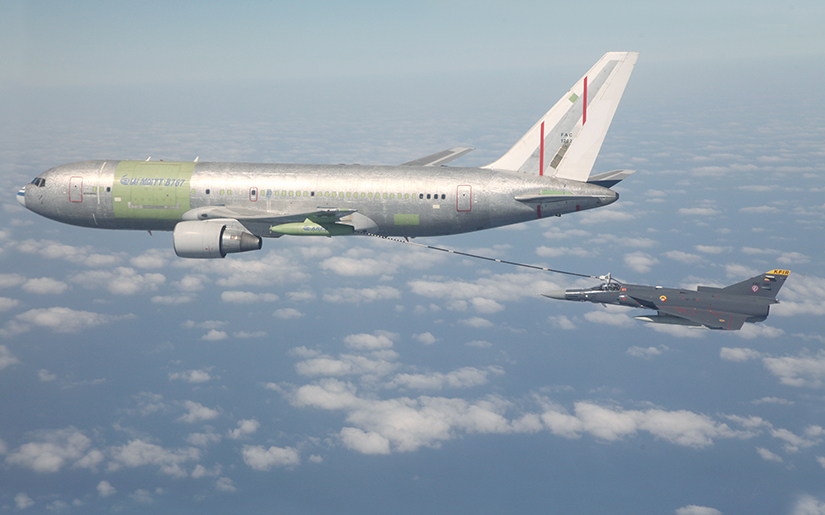

According to sources to idrw.org, the Indian Air Force (IAF) is reviewing an offer from the State-run aviation firm Hindustan Aeronautics Limited (HAL), which would involve partnering with Israel Aerospace Industries (IAI) to convert civil aircraft into multi-mission tanker transport (MMTT) aircraft within India.
Reports suggest that the IAF is considering purchasing a minimum of 12 flight refuelling aircraft (FRA) from HAL, pending the submission of a commercial offer for an FRA variant based on the Boeing 767. The procurement would likely occur in two batches of six aircraft each.
Continue readingSOURCE: RAUNAK KUNDE / NEWS BEAT / IDRW.ORG


The Indian Army is set to receive the initial batch of six AH-64E Apache attack helicopters by February 2024. The delivery of the remaining helicopters is expected to be completed within three months thereafter. In February 2020, India signed a deal for six more Apaches for the Army, costing approximately $800 million. The Indian Army intends to purchase over five additional Apache attack helicopters later in the year.
idrw.org has been told, the contract for the five additional follow-up orders may be taken up soon, with plans for the contract to be finalized by the end of the year. The Cabinet Committee has already given its approval for the procurement of 39 AH-64 Apache attack helicopters from the United States, with 22 already in service with the Indian Air Force.
Continue readingSOURCE: RAUNAK KUNDE / NEWS BEAT / IDRW.ORG
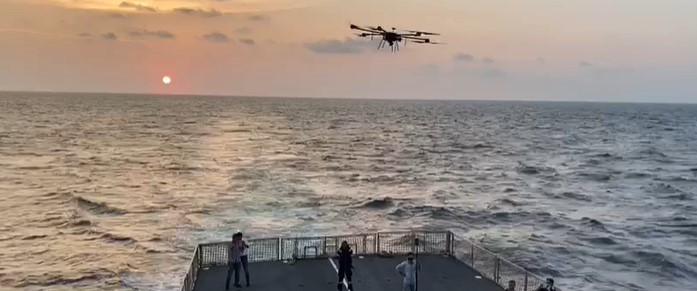

Sagar Defence Engineering, based in Pune, has won a contract from the Uttar Pradesh Police for its maritime Spotter Drone, which was initially developed in-house in collaboration with the Indian Navy. This marks the first contract from a state police force for the company.
The Spotter Drone will be used to detect threats and share critical information in real-time, allowing for the immobilization of threats and the potential to save the lives of armed personnel. The drone will also aid in tactical planning during mission-critical situations.
Continue readingSOURCE: RAUNAK KUNDE / NEWS BEAT / IDRW.ORG


According to sources familiar with the matter, idrw.org has learned that Prime Minister Narendra Modi’s state visit to France in July might see India announce the Dassault Rafale M as the winner of the Indian Navy’s Carrier Borne Multirole Carrier Borne Fighters (MRCBF) tender. Additionally, there may also be some breakthroughs in the talks during the visit.
The Indian Navy’s plans to procure 26 Rafale M could involve the local kit assembly of the jets at the Dassault Reliance Aerospace Limited (DRAL) facility, in preparation for a major order of 114 jets from the Indian Air Force.
Continue reading